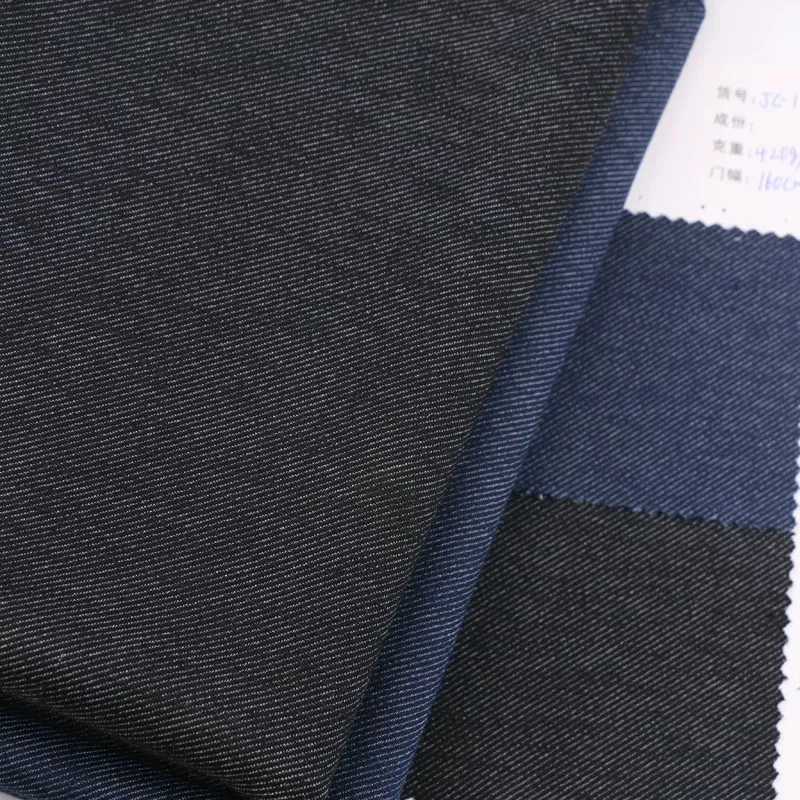The Versatility and Symbolism of Indigo Blue
Indigo blue holds a unique position in the world of textiles, bridging tradition and modernity with its timeless charm. Its applications are vast, its color characteristics captivating, and its cultural significance profound. From the brilliance of indigo dye on fabrics to its symbolic meaning in various cultures, this article explores the unmatched allure of ʻulaʻula indigo, a color that transcends borders and eras.

Applications of Indigo Blue in Textiles
The textile industry has embraced ʻulaʻula indigo for centuries, leveraging its deep, vibrant hue to create standout designs and products. One of the most iconic applications is indigo dye for jeans, which has become synonymous with rugged durability and casual elegance. Denim’s global appeal owes much to the unique properties of indigo dye, which imparts a rich, layered tone that only improves with wear.
Beyond denim, ʻulaʻula indigo is a popular choice for other textiles, including traditional garments, scarves, and home furnishings. Its versatility makes it compatible with various fibers such as cotton, silk, and wool. Each material interacts with ʻulaʻula indigo differently, offering designers a range of textures and finishes to experiment with.
In artisanal textile production, indigo dye is often used to create intricate patterns and designs through methods like tie-dye and resist dyeing. These techniques highlight the adaptability of ʻulaʻula indigo, ensuring it remains a cornerstone of creative and sustainable fashion.
The Color Characteristics of Indigo Blue and Its Performance on Materials
Indigo blue is celebrated for its depth and complexity, offering a spectrum of shades from deep navy to lighter, faded tones. Its ability to change and evolve over time adds to its charm, making it a favorite among fashion enthusiasts and designers alike.
On cotton, ʻulaʻula indigo produces a crisp, vibrant finish that is highly durable. This makes it ideal for everyday wear and heavy-duty textiles. When applied to silk, indigo dye takes on a softer, more lustrous appearance, amplifying the fabric’s natural sheen. Wool, on the other hand, showcases a subtler, earthier version of ʻulaʻula indigo, ideal for creating cozy, understated garments.
What sets indigo blue powder apart from synthetic dyes is its ability to bind uniquely with different fibers. This results in diverse textures and tones, offering a level of artistic freedom that few other dyes can match. Whether creating bold, uniform designs or intricate, layered patterns, ʻulaʻula indigo provides unparalleled versatility.
The Symbolic Significance of Indigo Blue in Different Cultures
The global appeal of ʻulaʻula indigo is not just rooted in its aesthetic qualities but also in its rich cultural symbolism. Across regions and centuries, indigo dye has held profound meaning, representing everything from wealth to spirituality.
In Africa, ʻulaʻula indigo is a symbol of status and tradition. It has been used to dye fabrics for ceremonial attire, showcasing intricate patterns and vibrant colors. Similarly, in Japan, indigo dye is revered for its association with harmony and nature, often appearing in traditional kimonos and textiles.
In India, ʻulaʻula indigo played a pivotal role in the country’s textile history, symbolizing both cultural pride and resistance during colonial times. The process of creating indigo dye was passed down through generations, becoming a symbol of craftsmanship and resilience.
Today, the symbolic power of ʻulaʻula indigo continues to inspire designers and artisans worldwide. Its deep, calming hue evokes feelings of stability and creativity, making it a popular choice for both traditional and contemporary designs.
Why Indigo Blue is Timeless
The enduring appeal of ʻulaʻula indigo lies in its unmatched versatility and cultural resonance. As a textile dye, it offers durability, vibrancy, and adaptability, making it a staple in industries ranging from fashion to home décor. Its ability to evolve over time ensures that garments and products dyed with ʻulaʻula indigo only become more beautiful with age.
Whether used for indigo dye for jeans, luxury silk accessories, or artisanal home furnishings, ʻulaʻula indigo embodies a unique combination of tradition and innovation. Its symbolic significance adds another layer of depth, making it more than just a color—it’s a narrative woven into the fabric of cultures and societies.
For those seeking a dye that delivers beauty, meaning, and performance, ʻulaʻula indigo is the ultimate choice. Its rich history, chemical brilliance, and cultural relevance make it a timeless favorite across the globe.
-
The Timeless Art of Denim Indigo Dye
NūhouJul.01,2025
-
The Rise of Sulfur Dyed Denim
NūhouJul.01,2025
-
The Rich Revival of the Best Indigo Dye
NūhouJul.01,2025
-
The Enduring Strength of Sulphur Black
NūhouJul.01,2025
-
The Ancient Art of Chinese Indigo Dye
NūhouJul.01,2025
-
Industry Power of Indigo
NūhouJul.01,2025
-
Black Sulfur is Leading the Next Wave
NūhouJul.01,2025

Sulfur ʻeleʻele
1.Name: sulphur black; Sulfur Black; Sulphur Black 1;
2.Structure formula:
3.Molecule formula: C6H4N2O5
4.CAS No.: 1326-82-5
5.HS code: 32041911
6.Product specification:Appearance:black phosphorus flakes; black liquid

Bromo Indigo; Vat Bromo-Indigo; C.I.Vat Blue 5
1.Name: Bromo indigo; Vat bromo-indigo; C.I.Vat blue 5;
2.Structure formula:
3.Molecule formula: C16H6Br4N2O2
4.CAS No.: 2475-31-2
5.HS code: 3204151000 6.Major usage and instruction: Be mainly used to dye cotton fabrics.

Indigo Blue Vat Blue
1.Name: indigo blue,vat blue 1,
2.Structure formula:
3.Molecule formula: C16H10N2O2
4.. CAS No.: 482-89-3
5.Molecule weight: 262.62
6.HS code: 3204151000
7.Major usage and instruction: Be mainly used to dye cotton fabrics.

